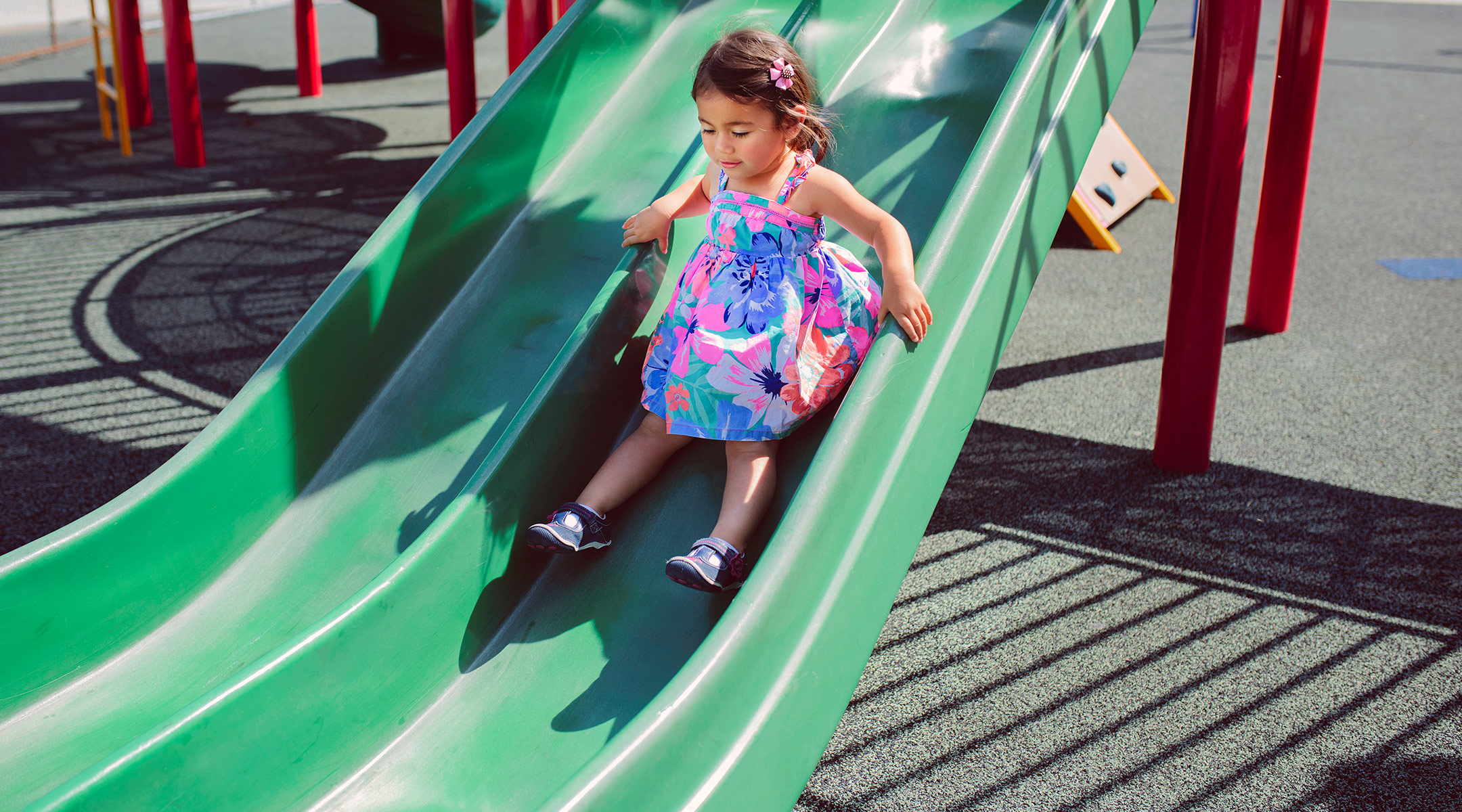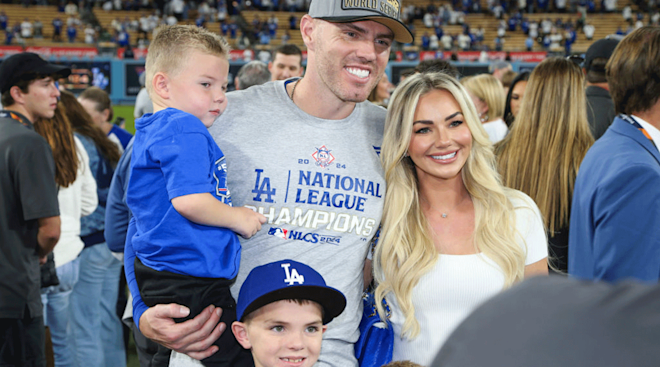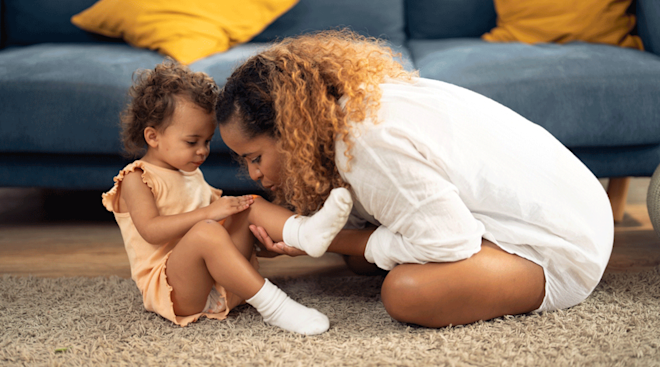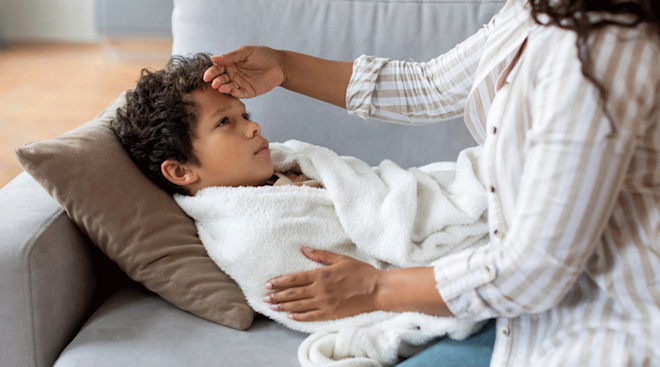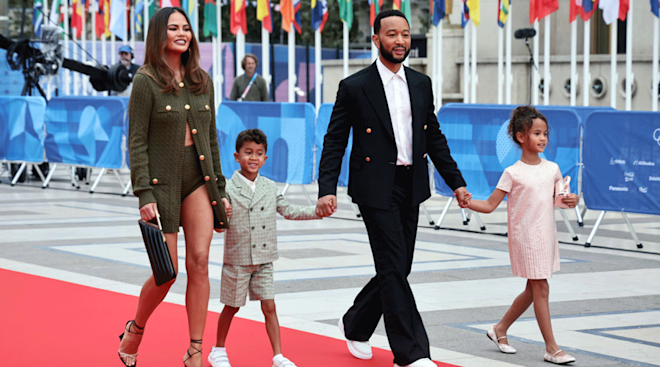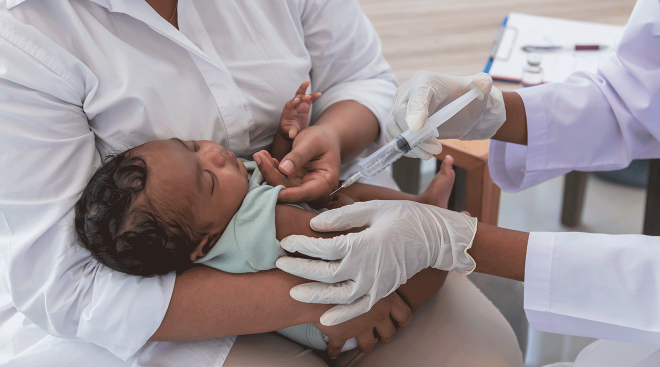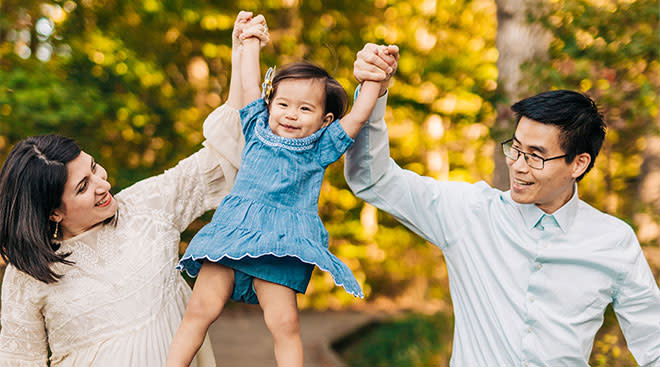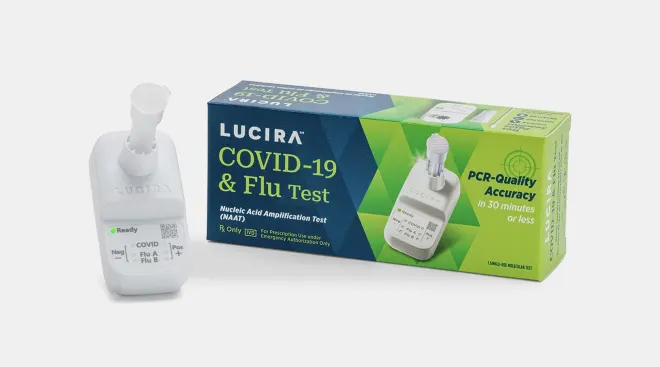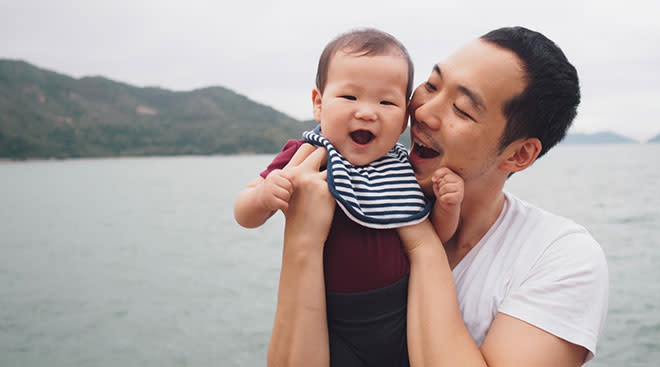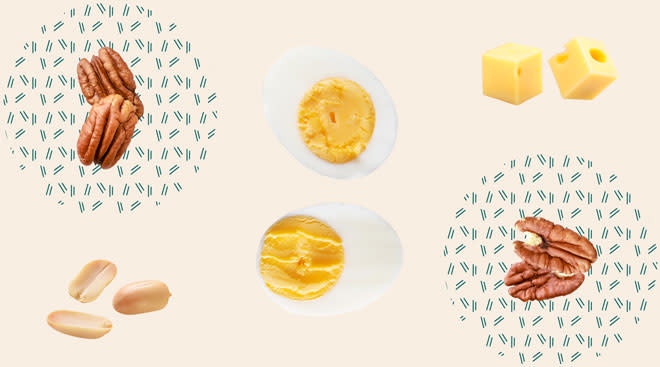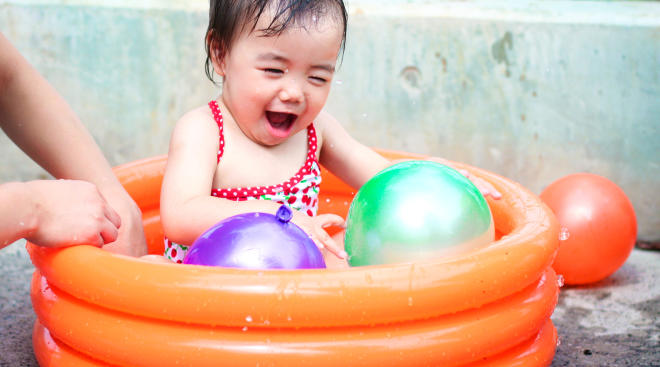Pediatricians’ Top 5 Playground Safety Tips
As the weather warms up, playgrounds fill with the sounds of children’s laughter and joyous screams. We love the free play and exercise that playgrounds offer, but we also want to ensure kids are playing safely. Here, our top tips for playground safety.
Once summer hits, one of the most common reasons for kids’ visits to the doctor is injuries from playground equipment. Falls from playground equipment can lead to sprains or even fractured bones. Try to pick a park with well-padded areas (not just concrete or asphalt) underneath any climbing structures; the padding will soften the impact if your little one takes a tumble. Scan any equipment your child is playing on for sharp edges, nails, rusting parts and peeling paint that could contain lead. On wooden structures, look for any potential for splinters—we’ve taken out tons of splinters on little feet and hands already this summer!
Most playground injuries for kids under 4 years old occur on slides or swings. In the summer, slides can get extremely hot and actually burn kids’ hands, feet and lower extremities. We’ve seen cases of children running up the slide barefoot and getting so severely burned that they’ve required hospitalization. Always check the temperature of the slide before letting your little one get on to prevent a potential burn. Also make sure there’s nothing your child can get hurt on at the end of the slide, such as glass or other sharp objects, and that there are sturdy guardrails at the top of the slide to prevent any high falls.
As fun as it may seem, we also don’t recommend going down a slide with a child on your lap. If your child’s foot catches the side of the slide, it can twist backward as your weight carries you two forward and lead to a fracture. Ouch!
Swings are fun and can even be calming for children, but like slides, they can become very hot in the sun and lead to burns, so always check their temperature before using them. Try to pick a swing with a shock-absorbing surface beneath it to help absorb any impacts in case of a fall. Before your little one climbs into the swing, make sure they’re not wearing anything that can snag and lead to a strangulation risk, like necklaces or long, loose drawstrings, and encourage them to always swing sitting on their tushes and not on their stomachs. Last but not least, teach children never to run in front of or behind someone swinging.
A heat index at or above 90 degrees Fahrenheit can cause your child to become overheated and sick. Try to stay out of the sun during the peak hours of 10 a.m. to 2 p.m., especially on extra-warm days. Make sure your child takes frequent water breaks to stay hydrated, even if they don’t ask for it, and cools off in the sprinkler every now and again. Dress your child in lightweight, light colored clothing, and have them take rest breaks, since hot weather makes young kids feel more tired. Alert your pediatrician right away if any concerning symptoms develop, such as being unusually sleepy, fever, headache, signs of dehydration (not urinating for six to eight hours), vomiting, labored breathing or unusual muscle aches.
It’s easy to get distracted when you’re on your phone or talking to friends, but lack of supervision is associated with nearly half of playground injuries, so keep a close your eye on your child. The playground also presents wonderful opportunities for parents to interact with their children and teach valuable lessons in patience (waiting for a swing to open up), turn-taking (going down the slide and waiting on line for another turn), sharing (letting others play with a toy you brought to the park if your child isn’t playing with it), and respect for others.
You can also teach kids to be respectful of others by cleaning up after themselves—broken water balloons and other garbage dirtying the parks can be hazards to other young kids. Children should also learn to be respectful by not eating high allergy foods (like peanuts and tree nuts) and then touching playground equipment, which can be dangerous to kids with food allergies.
Please note: The Bump and the materials and information it contains are not intended to, and do not constitute, medical or other health advice or diagnosis and should not be used as such. You should always consult with a qualified physician or health professional about your specific circumstances.
Plus, more from The Bump:
Meet Dina DiMaggio, MD, and Anthony F. Porto, MD, MPH, official spokespeople for the American Academy of Pediatrics and the co-authors of The Pediatrician’s Guide to Feeding Babies and Toddlers. They write about the latest AAP guidelines, studies and seasonal issues affecting babies and toddlers. Follow them on Instagram @pediatriciansguide.
Navigate forward to interact with the calendar and select a date. Press the question mark key to get the keyboard shortcuts for changing dates.
































